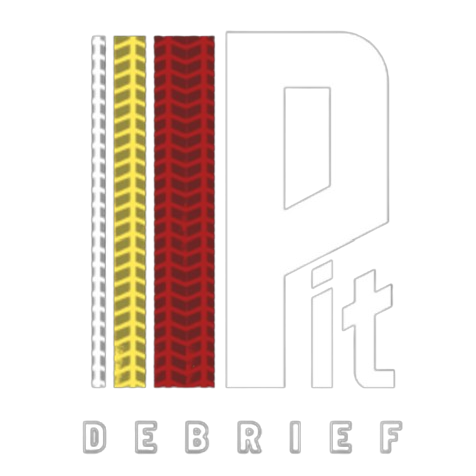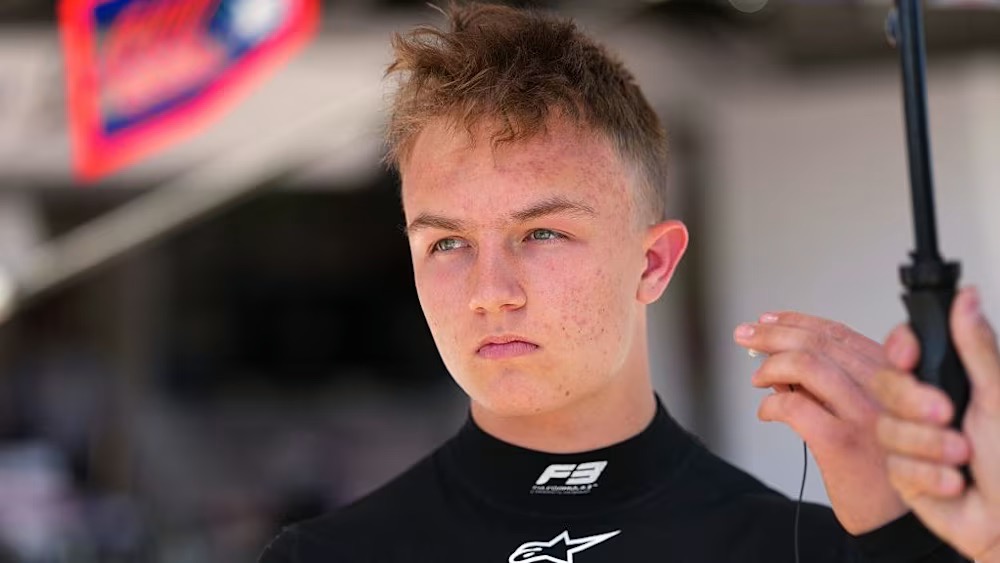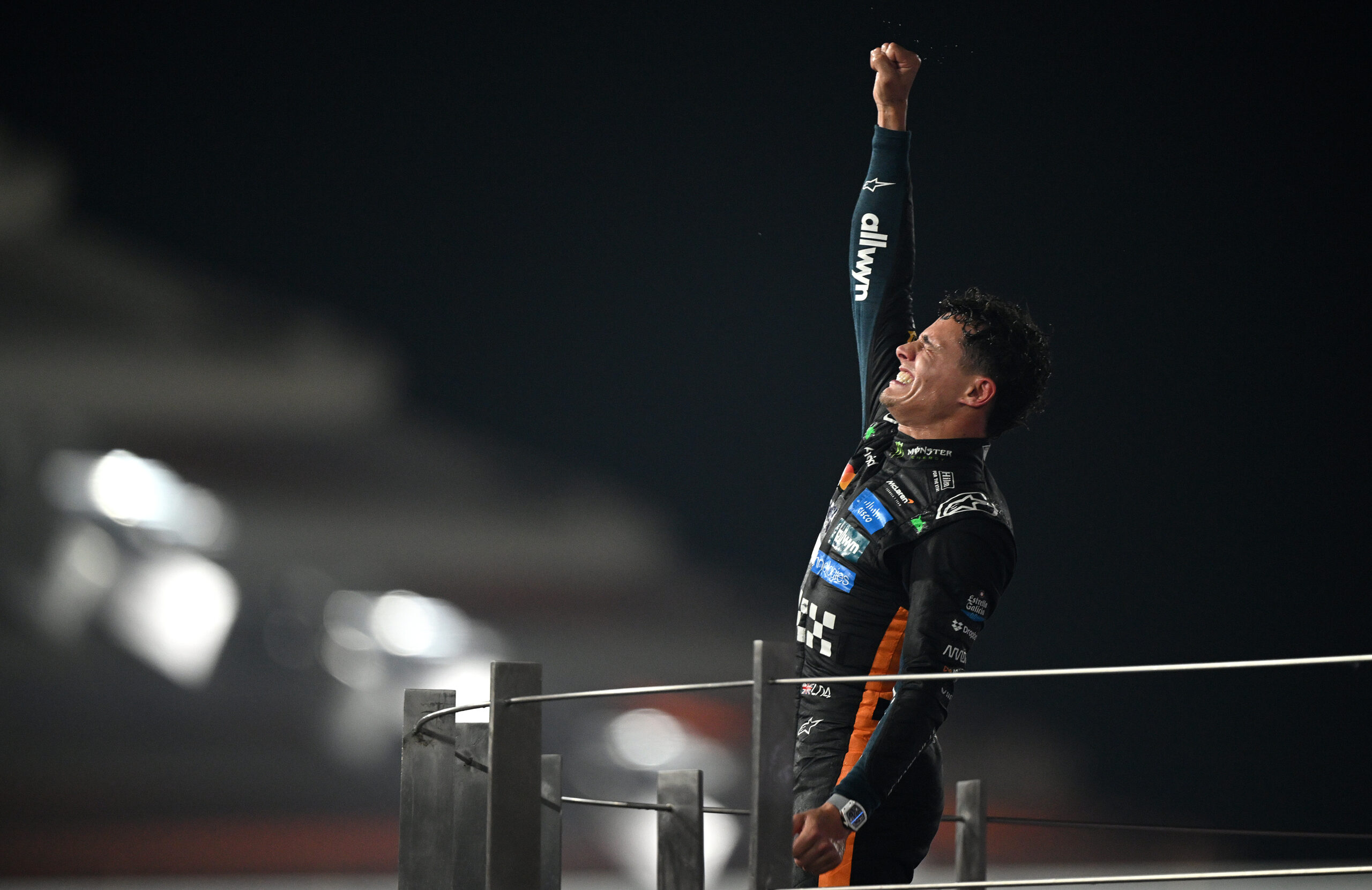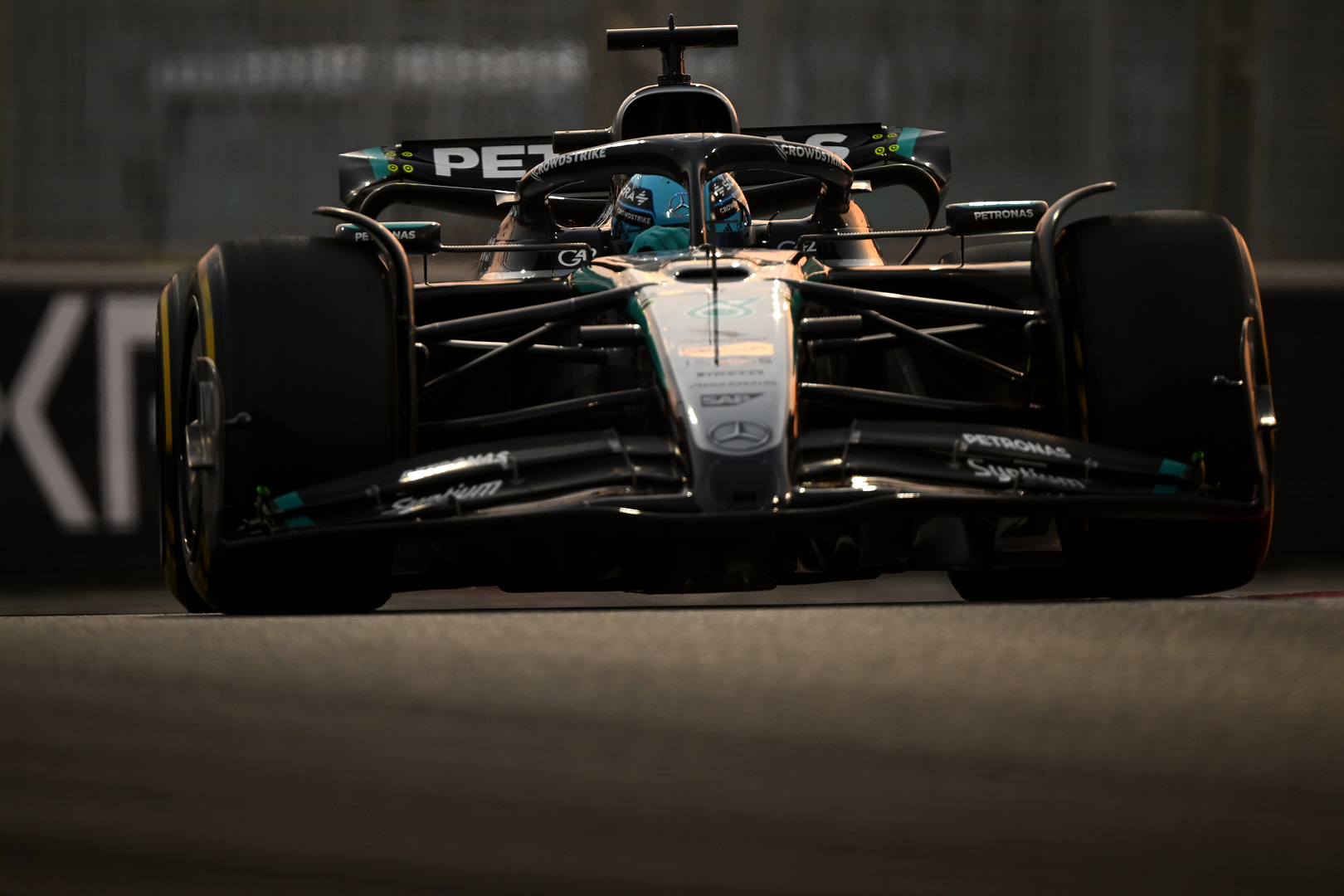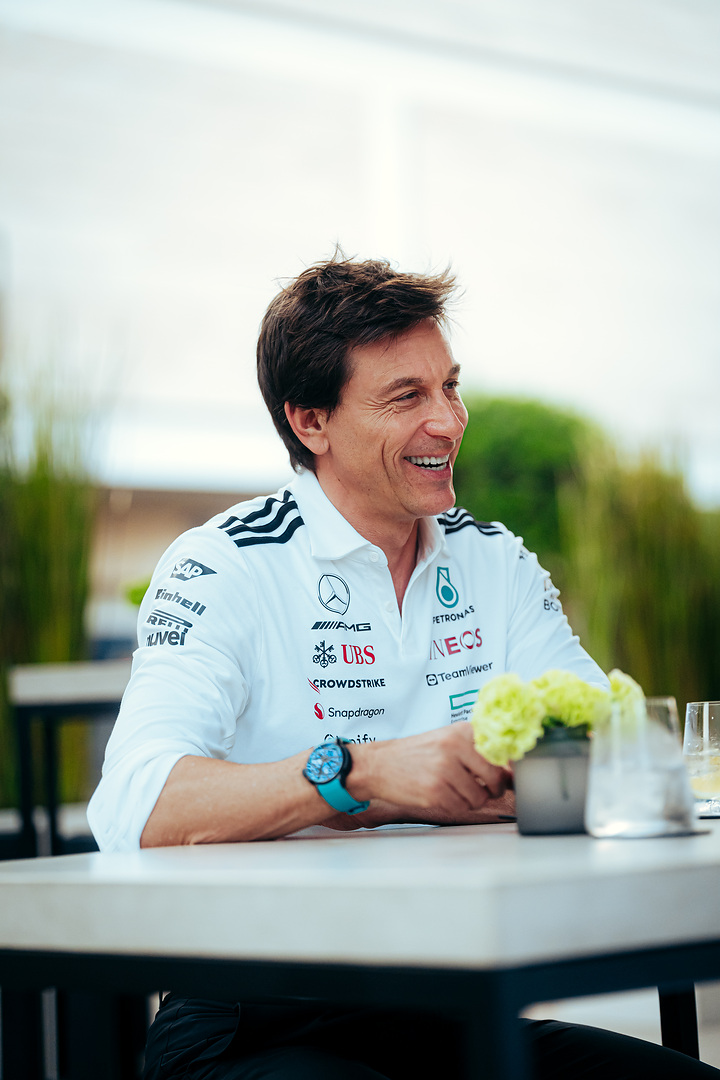Martinius Stenshorne joined the FIA Formula 2 grid in Baku, stepping up for his debut race with Trident Motorsport after a demanding year in Formula 3. With being announced as a driver for Rodin Motorsport for the 2026 Formula 2 season, the Norwegian is set for his first full season. Away from the circuit, he still found ways to stay close to racing. He preferred to keep moving, sharpening his craft in different forms. Unusually, his time was spent as much out of the kart as in it, a balance that keeps his passion constantly in motion.
From seat to toolbox, mastering kart prep alone and bringing track insight to the workshop
Stenshorne spent much of his time racing, with a strong passion for karting. It was not always about being behind the wheel. He often worked as a mechanic to earn some money on the side, and helped the team wherever he could. Away from the track, his focus shifted to staying fit and ready for the next drive. When managing karts, he handled everything on his own. His racing experience proved useful in the workshop. The year before, he started exploring the technical side and soon found he was “capable of doing it all.” He learned quickly and took on the full process, “stripping everything down” and preparing each part with care.
“To be honest, I’m just doing more racing. I’m always karting, I really enjoy that. I don’t drive myself all the time, I’m a mechanic as well, trying to earn some money on the side. Apart from the karting, it’s about trying to stay as fit as possible for when I’m back in the car.”
“When I drive in karts, I manage everything myself. But when I am a mechanic, I help out the team where I can which is nice. You can rely a bit on the experiences you’ve had in karting yourself to help out. I started out doing this a bit last year, and I learned how to do it and working out I was capable of doing it all, what goes into it. Not just being a mechanic in karts but stripping everything down, preparing everything.”
Steady race-weekend readiness with fixes on standby and fitness built on Norwegian road rides
Stenshorne followed a steady routine during race weekends. Most of the work was already done, so his focus was on making sure everything was ready when it needed to be. If something went wrong, he stepped in and handled the technical side, sometimes taking things apart to resolve the problem, though he hoped that was rarely needed.
“Normally when we’re on a race weekend, everything is already prepared, so I just have to make sure that we’re ready to go once we need to, but it can be taking everything apart if something happens. Fingers crossed that doesn’t happen though.”
Away from the FIA Formula 2 track, Stenshorne stayed active. Cycling was his preferred way to train, often heading out on road bike rides with a friend. The Norwegian added some running as well, but always felt more at home on the bike. With Norway’s beautiful landscapes, staying fit never felt like a chore.
“If I’m not doing that, usually I’m staying busy. I like biking, I usually go with my friend on the road bike getting ready for when things start again. I do some running as well, but I prefer being on the bike. In Norway, there’s plenty of nice places to go around. The country is really beautiful.”
Staying connected to the sport with realistic enough sims that train reflexes and focus
Apart from racing and physical training, Stenshorne also spent a good amount of time in the simulator. Like many drivers, he enjoyed sim racing, even if Stenshorne knew it could not fully capture the experience of driving a real FIA Formula 2 car. The programs and setups available at home were not quite the same, but they still offered a valuable way to stay sharp. The level of realism was high enough to keep working on race craft, reflexes, and focus when he was away from the track. For Stenshorne, it was not just about staying prepared. Sim racing was also something he genuinely enjoyed, a fun way to stay connected to the sport between real-life sessions.
“Apart from those two things, I enjoy sim racing like most of the other drivers. It’s not exactly a perfect representation of real life, especially the programmes and software that you have at home, it’s not like the real thing. But it’s still realistic enough so that it’s good to sharpen the skills and keep working on my driving when I’m not doing the real thing. But most of all, I do it just for fun.”
